Fear grips markets as Trump tariffs raise risks to global growth
Published in Business News
For a brief moment, it looked like Wall Street’s worst fears about President Donald Trump’s tariff plans were misplaced — and a relief rally started rippling through markets.
Then, as he stood in the White House Rose Garden Wednesday soon after 4 p.m., pointing to an oversized placard with the levies he’s slapping on imports from the U.S.’s trading partners, the reality set in: He was significantly ratcheting up his trade war, just as he said he would. Stock futures tumbled, the dollar slid, Treasuries jumped and gold climbed to a new record as investors poured into havens.
“It’s definitely more aggressive than what people were expecting,” said Brad Bechtel, head of foreign exchange at Jefferies Financial Group Inc. in New York. “It’s a bigger doom loop for the rest of the world.”
Trump’s move to roll back global trade in a bid to bolster domestic production has shaken markets by threatening to upend the world economy, reignite inflation and stall growth in the U.S.
Those fears have flared in markets repeatedly over the past several weeks, putting an abrupt end to the U.S. equity rally and driving up measures of corporate credit risk on concerns about the fallout.
There were occasional rebounds when traders wagered that Trump may not follow through with reciprocal tariffs, which use tailored rates to retaliate against particular countries. And soon after Trump’s press conference started, stock futures briefly rose as an initial, and erroneous, report circulated that he would limit tariffs to 10% across the board — far less than feared.
But the rally swiftly reversed as Trump said he will apply a minimum 10% tariff on all exporters to the U.S. and slap additional duties on around 60 nations with the largest trade imbalances with the U.S. By 9.30 p.m. New York time, futures on the S&P 500 were down around 3% while Nasdaq 100 contracts were more than 3.5% lower.
The immediate reaction showed that traders were expecting a significant impact from the move, which substantially raises levies on major trading partners like China and the European Union.
“There is clearly more downside ahead,” said Marko Papic, chief strategist at BCA Research, adding that the US stock market could eventually slide another 10%.
The tariffs have forced investors to game out a complicated economic impact, which will depend in part on whether other countries retaliate and how much U.S. companies pass additional costs on to consumers.
By increasing the cost of imports, the White House has kindled concerns that elevated inflation will prevent the Federal Reserve from cutting interest rates sharply if the economy stumbles.
“This is negative for risk,” said Priya Misra, portfolio manager at JPMorgan Asset Management.
“Overall what he detailed is stagflationary,” she said. “And the uncertainty is not over.”
The turmoil continued during Asian trading hours. Stocks in China, Hong Kong and Japan tumbled, the Japanese yen jumped as traders rushed to a familiar safe haven and Treasury yields continued their slide. The U.S. 10-year benchmark fell below 4.1%.
Growth-sensitive commodities also suffered. West Texas Intermediate oil dropped 2.5%. That was a similar decline to copper, which was on track for one of its worst days of the year.
Trump said his decision is part of a longer-term plan to bring back the type of industrial jobs that have been shifted offshore, and he said the money raised will help chip away at the government’s budget deficit.
But the risks of the shorter-term adjustment had pulled down US stocks even as equity-markets rallied across Latin America, Europe and Asia — putting an end a period when America’s stocks delivered returns well above those overseas.
Writing before the announcement, a bevy of Wall Street firms said they expected more pain after the U.S. equity market notched its worst quarter since 2022.
Goldman Sachs Group Inc. and Bank of America Corp. and others warned that the tariffs, no matter the specifics, would deepen the selloff in equities. Three of Wall Street’s most-reliable bullish sell-side strategists have also cut forecasts for the S&P 500 this year, though they still see the index ending 2025 higher than it is now.
After the announcement, shares of companies linked to sectors that will be most affected were sharply lower in late New York trading. Nike Inc., Gap Inc. and Lululemon Athletica Inc. — which rely on goods and factories from Vietnam — all fell at least 7%. Apple Inc., whose supply chain is heavily dependent on China, fell around 7%. Chipmakers such as Nvidia Corp. and Advanced Micro Devices Inc. were down, as were multinationals Caterpillar Inc. and Boeing Co.
“This is a concrete negative shock to the economy,” said Ed Al-Hussainy, rates strategist at Columbia Threadneedle.
“What is clear and clean is that we have to fully price in the negative shock upfront,” he said. “At end of the day, this is a tax — who will pay for the tax is uncertain – but I don’t think you can see this as growth positive in any way. It’s growth negative and inflation positive in the short term.”
_______
(With assistance from Ethan M Steinberg, Elena Popina, Vinícius Andrade and Richard Henderson.)
©2025 Bloomberg L.P. Visit bloomberg.com. Distributed by Tribune Content Agency, LLC.
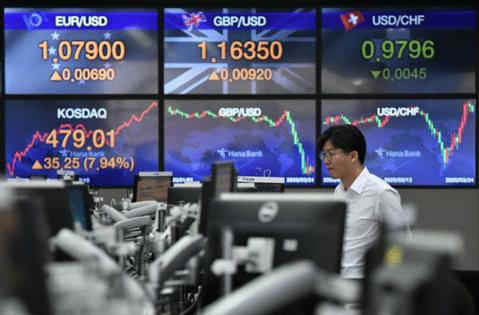


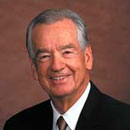

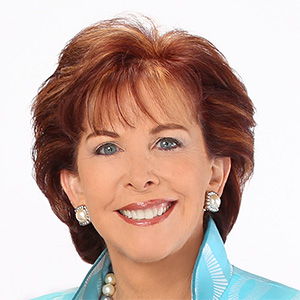

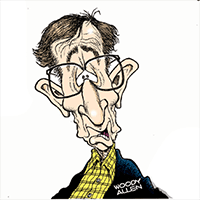
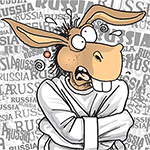

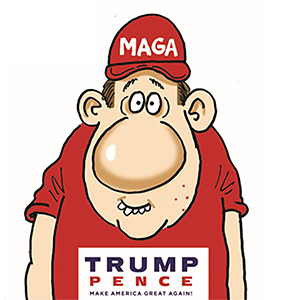

Comments